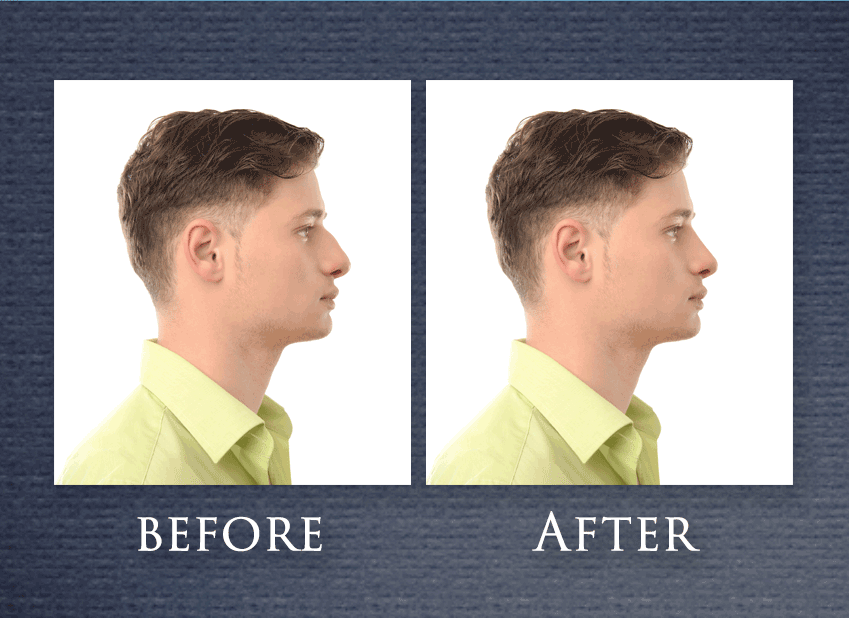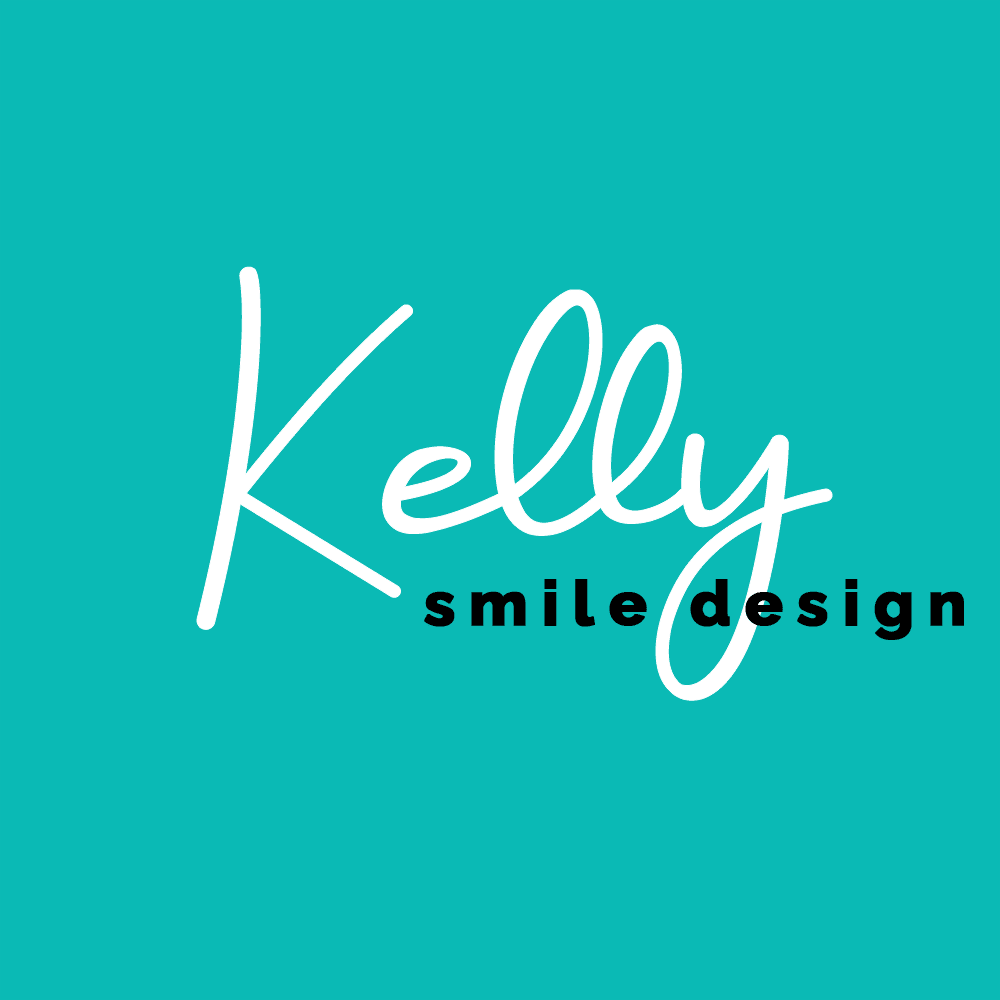Who hasn’t looked in the mirror and wondered, “What would I look like with a more perfect nose?” Probably people with perfect noses, that’s who! For the rest of us, here are some FAQ’s about the classic nose job. Is it right for you?
What is rhinoplasty?
Besides being an endangered animal in Africa, “Rhino” also means “nose”, and “plasty” means “to shape”. Put them togetherand you are talking about the fifth most common procedure performed by plastic surgeons in a recent survey from the American Society for Aesthetic Plastic Surgery (ASAPS). A nose job is also viewed by many plastic surgeons as the most “artistic” and “difficult” procedure they perform. Hey! You’re talking about changing the center of someone’s face forever!
What’s the pre-op meeting like?
Using computers, patients can see fairly accurately what they’ll look like, and they can bring in photos of people with the noses they envision for themselves. It’s also a good time for the patient to gauge if the opinions of the surgeon are in line with their own. If not, they might want to go elsewhere.
Will I be awake during the procedure?
The type of anesthesia you receive will depend on the size and extent of the procedure and the preferences of the doctor and patient. The procedure often results in bleeding in the back of the throat, which may panic a semi-conscious patient.
What about touch-ups?
It’s a complicated operation and the nose will be swollen afterward – there’s no instant reaction to what was done. About 15 percent of rhinoplasty operations require touch-up procedures.
What happens after rhinoplasty surgery?
You’ll be medicated with a numbing agent to ensure you go home pain free. A splint will be placed on your nose to be worn for a week’s time — after all, your nose was broken!
You’ll be noticeably swollen for several days, and you cannot/should not blow your nose. Half of patients have bruising, and it may be a year or so before all the swelling disappears, but your nose will have its new shape – so who’s complaining?
Any limits to what can be done?
If you are thick skinned around your nose and you had sizable reduction, this may be an issue because the skin cannot contract so much as to conform to the new bone structure. So often it will be recommended to limit the extent of reduction if such an issue is anticipated.
Any risks?
There are some, including infection, bleeding, numbness, swelling, possible collapse of the nose, external scarring, fullness, residual deformity, and holes inside the septal area. Discuss this with your doctor.
So there you have it! If you are considering this procedure, weigh your own personal risks, and gauge realistically how badly you want a new look. Don’t get pushed into something you may not need. And most importantly, have fun with your life!
Source: The Rhinoplasty Society
Edited by Clifford Yurman


















